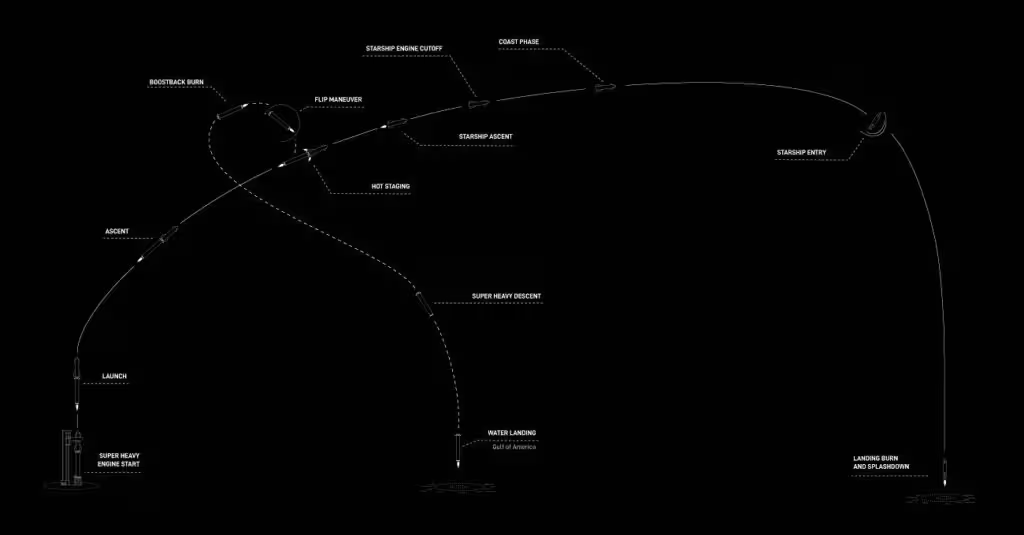3 Minutes
SpaceX Prepares for Ninth Starship Test Launch
SpaceX has officially announced the target date for its highly anticipated ninth Starship test launch, marking another crucial step toward the future of fully reusable launch vehicles. Scheduled for May 28, 2025 (equivalent to June 7 in the Iranian calendar), the launch is set for 3:00 AM IRST from the company’s Starbase facility in Texas, USA. Due to the inherent complexities of rocket launches, SpaceX has noted that the timing may be subject to final adjustments based on technical readiness and weather conditions. According to local authorities, road closures around Starbase will remain in effect until May 29, indicating that the launch window may extend to May 29 or 30 if last-minute delays arise.
Mission Details: Advancing Reusable Rocket Technologies
This latest Starship test holds added significance, especially following two previously unsuccessful attempts. Although SpaceX managed to safely capture the Super Heavy booster with the launch tower’s robotic arms in the seventh and eighth tests, the upper stage of the rocket experienced technical failures shortly after liftoff each time. For the ninth mission, SpaceX aims to achieve several unprecedented milestones—in particular, attempting to reuse a previously flown Super Heavy booster for the first time. This particular booster was originally launched in the seventh Starship test and has since undergone refurbishment, including the replacement of 4 out of its 33 powerful Raptor engines.
Unlike previous flights, the Super Heavy booster for this test will not attempt a return landing at the launch site or on the launch tower. Instead, it will make a controlled descent and splashdown in the Gulf of Mexico, after which it will be retired from service. This approach allows SpaceX to further validate both the reusability and durability of their massive booster systems under real flight conditions. Meanwhile, Starship's upper stage will strive to accomplish several key objectives in orbit, including the deployment of eight Starlink satellite simulators, testing crucial procedures for future satellite launches.

Starship’s Role in the Next Era of Space Exploration
Once fully assembled, the Starship launch system stands 122 meters tall, making it the largest and most powerful rocket ever built. Designed with full reusability in mind, Starship is engineered to enable rapid and cost-effective missions to low Earth orbit (LEO), the Moon, and eventually Mars. The push for rapid reusability and increased payload capacity is central to SpaceX’s ambition of transforming space travel from a specialized, infrequent endeavor into a sustainable routine—potentially laying the groundwork for interplanetary colonization.
Conclusion
The upcoming ninth test flight of SpaceX’s Starship represents not only a technical milestone in rocket reusability, but also a pivotal step toward the company’s goal of making human spaceflight more accessible and sustainable. As SpaceX continues to innovate and refine the world’s most powerful launch vehicle, each launch brings society closer to a new chapter in space exploration—where journeys to the Moon, Mars, and beyond could become regular realities.


Comments